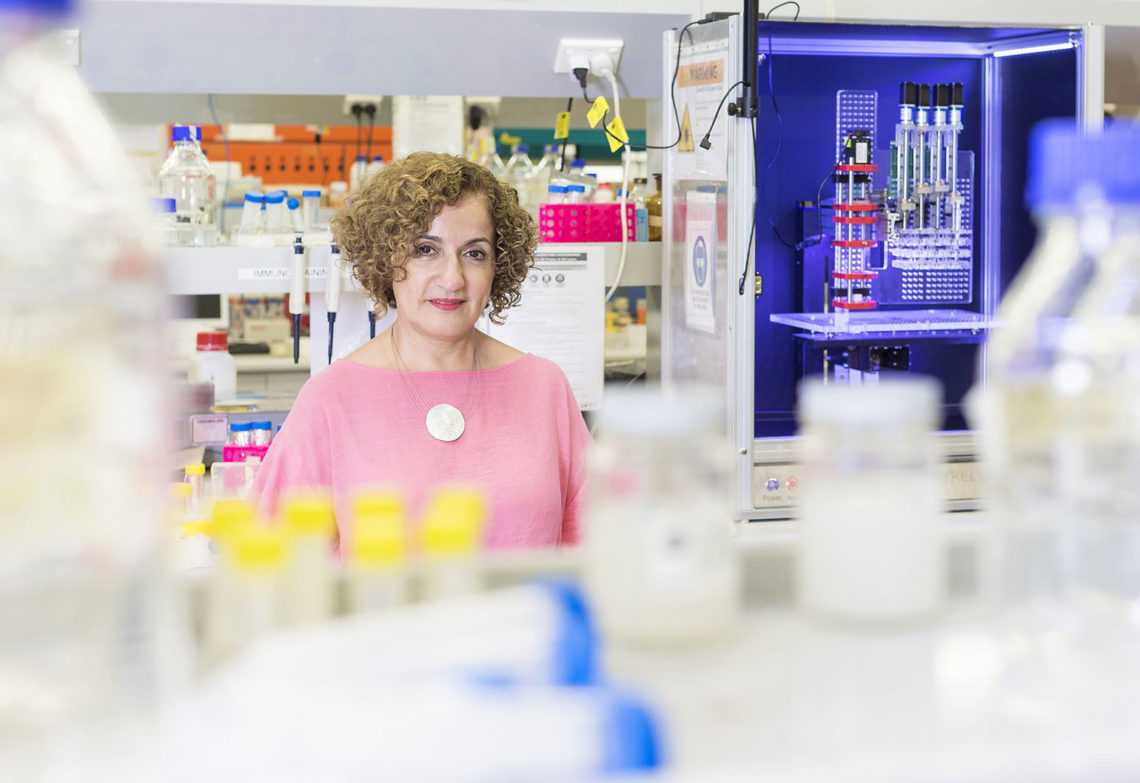The winners of the 2019 Australian Museum Eureka Prizes were revealed last week, and engineers had a strong showing across a variety of categories.
A total of 17 prizes were awarded in categories touching on research and innovation, leadership, science engagement and education. Sprinkled throughout the individuals and teams recognised was engineering innovation. Here are a few standouts from this year’s list of Eureka Prize winners.
Biomedical innovation on display
Synchron and the Endovascular Bionics Laboratory at the University of Melbourne were recognised with the 2019 UNSW Eureka Prize for Excellence in Interdisciplinary Scientific Research for their work on a technology that has the potential to restore mobility to people with paralysis.
Their innovation converts brain signals into commands that allow for control of external devices using just thought. This is done via a Stentrode, which can be inserted into the brain with a catheter, thus avoiding the need for risky open-brain surgery.
The team members behind the device come from a multitude of backgrounds, including experts in neurology and medical bionics. The Stentrode and its capabilities could one day lead to the development of a ‘bionic spinal cord’.
Biomedical engineering innovation was further modelled in winner Professor Hala Zreiqat, who was awarded the 2019 ANSTO Eureka Prize for Innovative Use of Technology.
Zreiqat and her team were recognised for their contributions to biomaterials, specifically materials that can be used to heal large bone defects or breaks – even in load-bearing bones such as the spine or lower limbs.
She is exploring ceramic-based, 3D-printed materials that mimic the structure of bone to encourage regrowth and decrease the risk of rejection by the body. The technology has already shown promising results during animal trials.
World firsts and world leaders
The 2019 Defence Science and Technology Eureka Prize for Outstanding Science in Safeguarding Australia was awarded to Team GreyScan, a collaboration between the University of Tasmania and Grey Innovation.
Their innovation is a world-first trace detection device that can identify inorganic explosives in under a minute. Inorganic compounds, including fertilisers, are readily available and are appearing more frequently in improvised explosive devices.
The GreyScan unit is lightweight and portable, operates on internal batteries and can analyse samples in about 40 seconds. It’s the culmination of more than 20 years’ worth of study, with input from a multidisciplinary team including chemists, engineers, defence forces, law enforcement and forensics experts.
Another engineer acknowledged this year is Professor Branka Vucetic, from the University of Sydney, who was awarded the 2019 CSIRO Eureka Prize for Leadership in Innovation and Science. Her work in the fields of coding and wireless communications underpin many of the wireless technologies we use today, and she is internationally recognised as an expert in coding theory and its applications in wireless engineering.
Outcomes of her research include increased capacity, data rates and reliability in wireless communication networks.
A full list of this year’s Eureka Prize winners can be viewed here.



